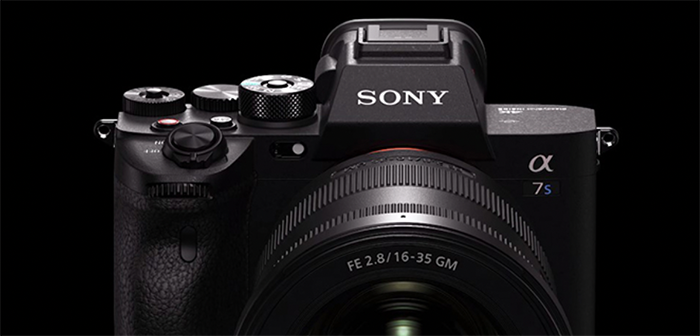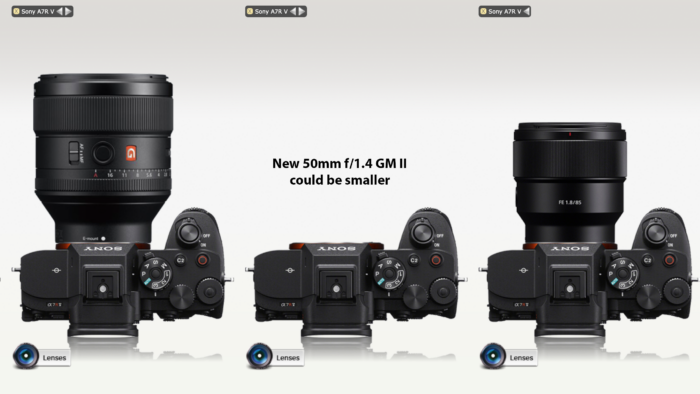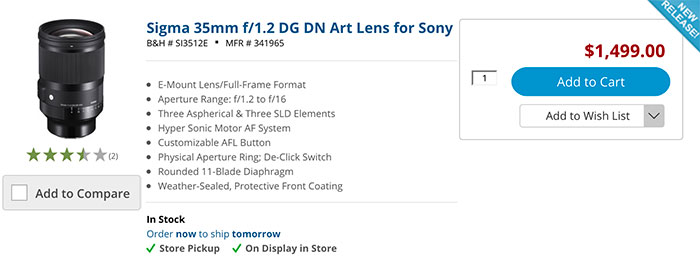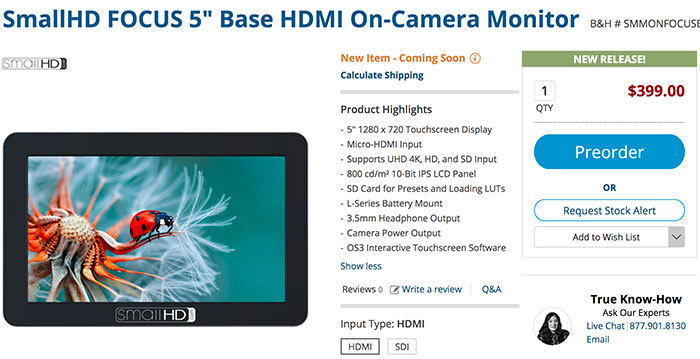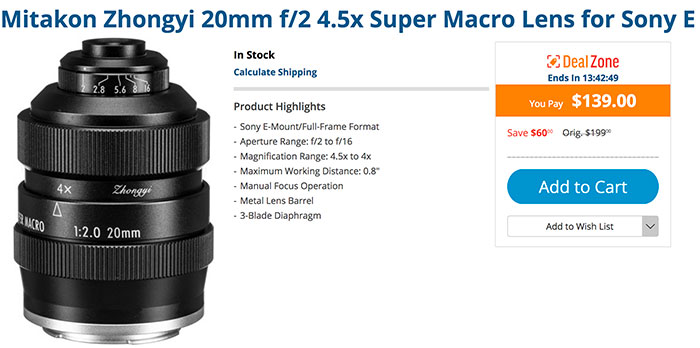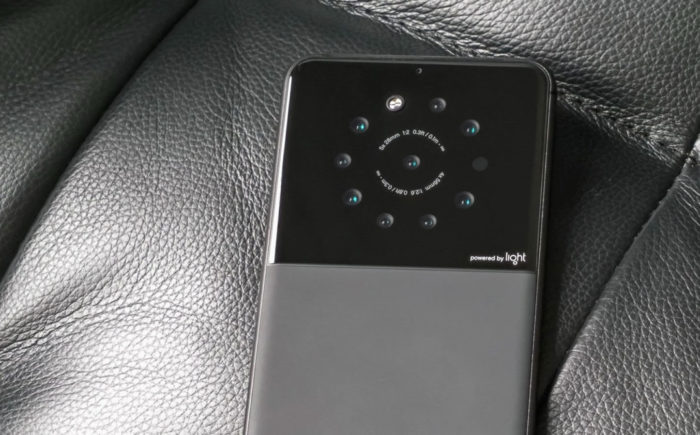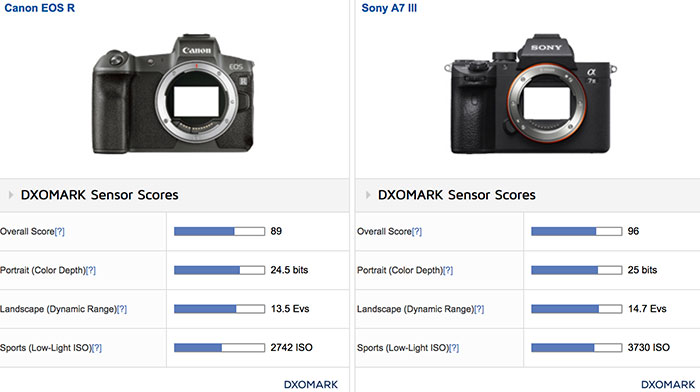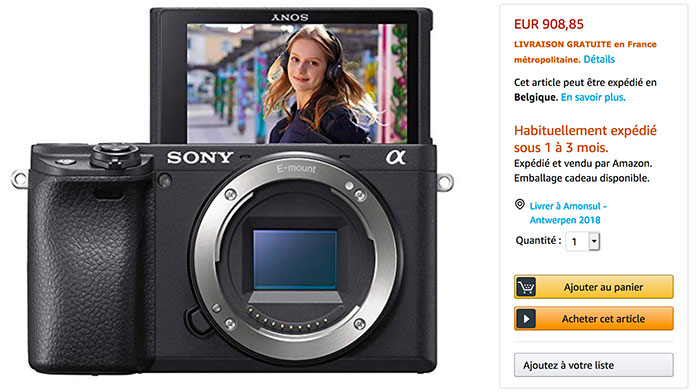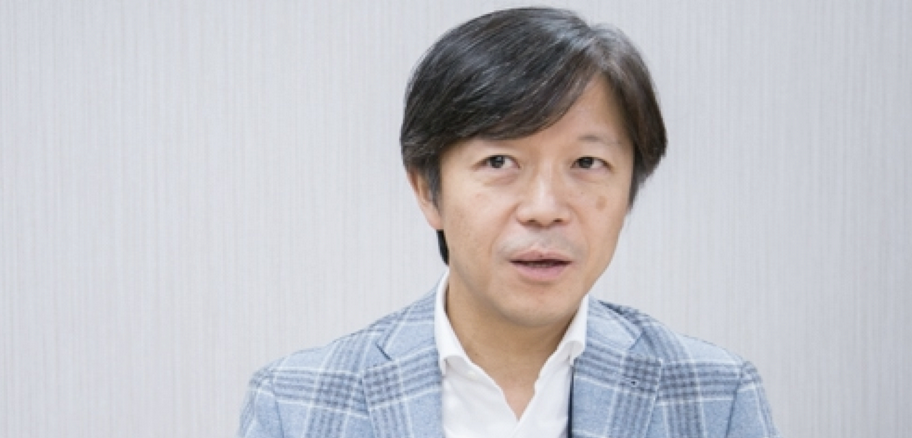Sony Tidbits…
10-18mm MicBergsma
Sony FE 24mm F1.4 GM product overview (Dpreview).
Sony has finally overtaken Canon Dual Pixel autofocus (David Oastler).
Zeiss Loxia 85mm F2.4 Sonnar: First Look (Dustin Abbott).
Filmmakers Need the Atomos Shinobi Onboard HDMI Monitor (Explora).
Marc Galer:
I have released my Free 200-page eBook for the Sony A6400
https://youtu.be/SoML1m6Jx98A6400 – Reliable/Sticky Real Time-Tracking
I have been surprised that one or two photographers at the A6400 launch appeared to be using inappropriate settings to track moving targets.
I have seen screens from their movies with AF-S, AF-A, slow shutter speeds (1/250 second for volleyball), small apertures chosen in dark conditions and their Drive Mode set to Hi+ (no live view panning) being used.In my own pre-production A6400 camera I noticed that Pre-AF was switched ON by default which, in my opinion, does not lead to easy subject selection when AF-C with a Tracking option is selected.
This may not have been the same setup as used in the USA but when Pre-AF was switched OFF for action sequences in my own tests the camera proved itself to be the stickiest AF tracking system I have ever used. I am sure I will still be using my A9 for motorsports and Birds in Flight but the A6400 is certainly a powerful tool at the price point.This gallery of sequences, where obstacles appear in front of my primary target, should prove my point: https://flic.kr/s/aHsmB9uuod
Personal photos and tests from SAR Admin Andrea on Instagram, Twitter, Facebook, Flickr and 500px.
Join the new Sony Alpha Camera Facebook group.
To get news from our Forum subscribe that RSS feed.
I kindly invite you all to follow our RSS feed, follow us on Facebook and Twitter to not miss news and rumors
